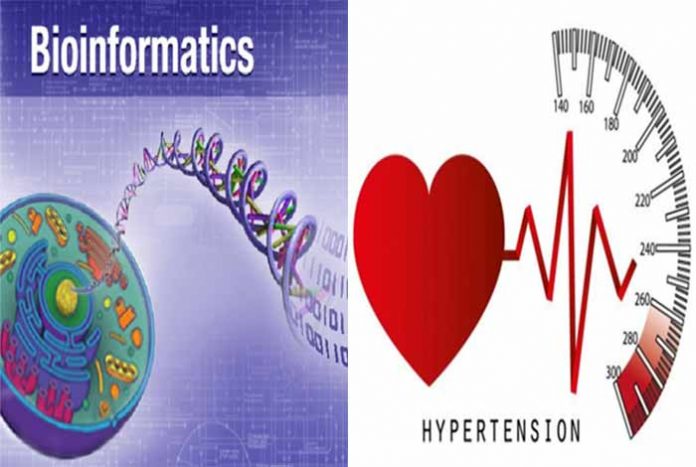
With the emergence of Bioinformatics in the country, patients with Hypertension will be able to get access to intensive treatments much quickly.
Scientists have developed a machine learning algorithm that is known to combine 3 variables that were routinely collected during clinic visits in order to improve patient care.
The data that is needed by the patient include his age, history of cardiovascular disease and urinary albumin/creatinine ratio (UACR). This information helped in successfully identifying patients with high blood pressure. A researcher Yang Xie stated that for patients with high blood pressure, the benefits of intensive therapy have provided inconsistent evidence in lowering down the blood pressure.[1]
This is probably the first study that has been done to identify a small subgroup of patients for whom a higher net benefit will be derived from intensive blood pressure treatment.
Scientists made use of patient data that was collected under controlled trials which tested intensive vs. standard blood pressure-lowering treatments — the Action to Control Cardiovascular Risk in Diabetes (ACCORD) trial and the Systolic Blood Pressure Intervention trial (SPRINT).
In the SPRINT trial 9,361 non-diabetic adults with hypertension who had an elevated risk of a cardiovascular disease were selected, whereas in the ACCORD, 10,251 patients with Type 2 diabetes were enrolled. It is thought that by applying the algorithm, high-risk patients who will benefit the most from intensive blood pressure reduction therapy can be easily identified. By using long-term intensive HBP drug therapy, we can greatly decrease the chances of heart failure and death. However, there are increased chances of development of side effects, as stated by Wanpen Vongpatanasin.
The researchers used machine learning method in order to determine 3 simple criteria to identify adults who had high blood pressure and were at the highest risk for developing major adverse cardiovascular events — such as cardiovascular death, heart attack, or stroke.










